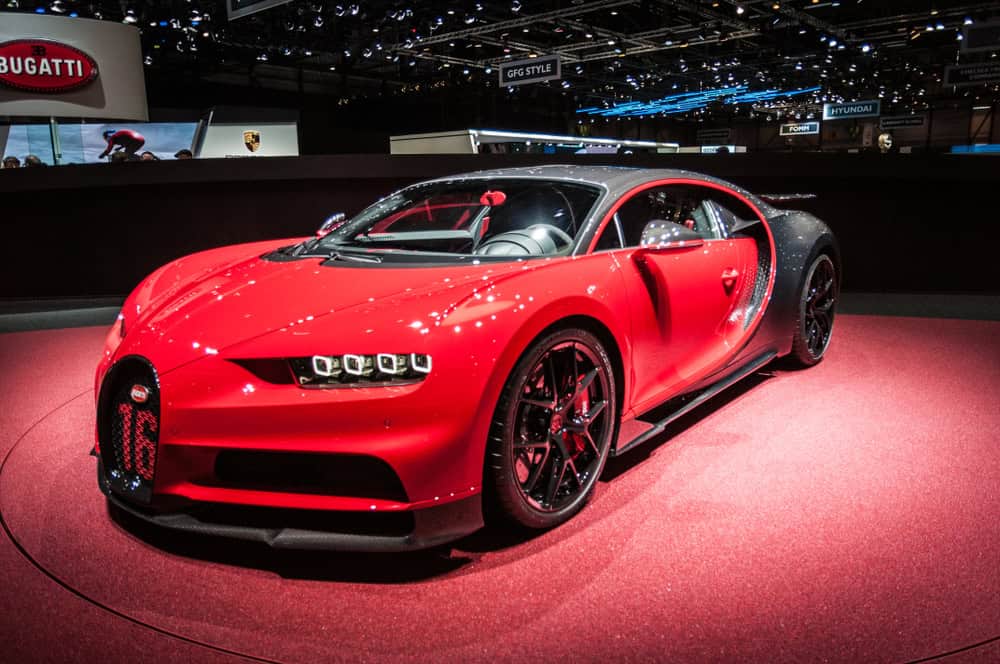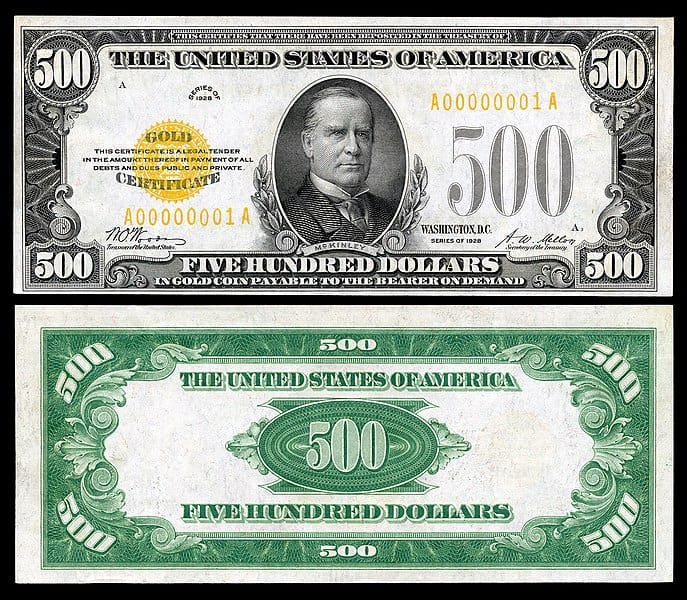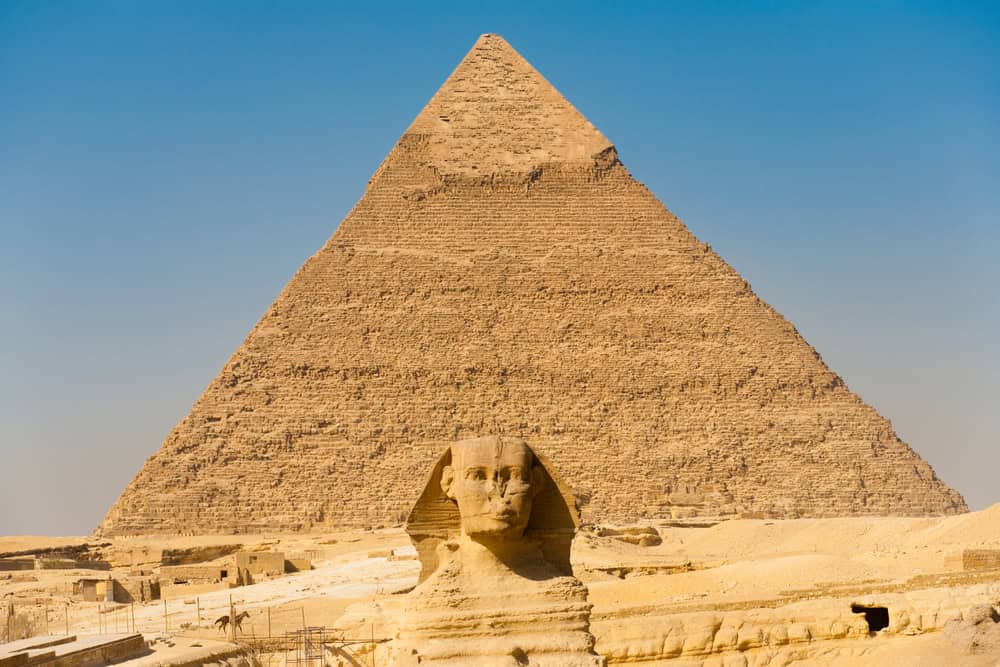Throughout history, currencies have come and gone, each carrying its own unique story and significance. Discontinued currencies often reflect pivotal moments in a nation’s history, from economic upheavals to significant political changes. This article explores some of the most fascinating discontinued currencies, highlighting their historical context, unique features, and the reasons behind their eventual replacement. Join us on a journey through time as we delve into the stories of these remarkable monetary relics.
German Papiermark
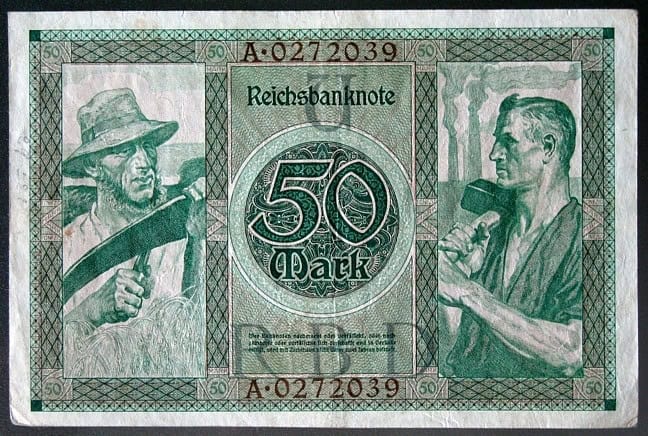
The German Papiermark, issued during the Weimar Republic, is a symbol of hyperinflation. Post World War I, Germany experienced a period of economic turmoil, leading to rapid devaluation of the Papiermark. By 1923, wheelbarrows of banknotes were needed to buy basic goods. This currency’s downfall reflects the devastating impacts of unchecked inflation and economic mismanagement.
Austro-Hungarian Krone
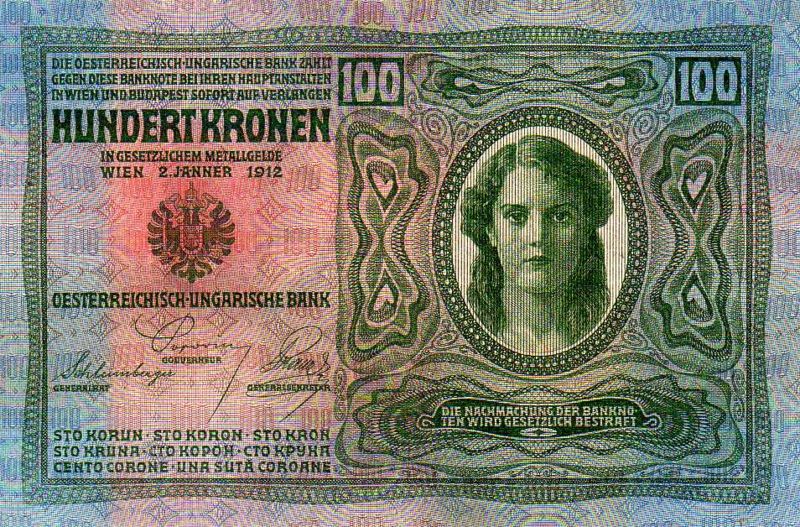
The Austro-Hungarian Krone was the currency of the Austro-Hungarian Empire from 1892 until its dissolution in 1918. The collapse of the empire after World War I led to the currency’s demise. Each successor state introduced its own currency, replacing the Krone. Its intricate designs featuring prominent leaders and cultural symbols make it a collector’s item today.
French Franc

Introduced in 1360, the French Franc was one of the oldest currencies in Europe before being replaced by the Euro in 2002. Its long history includes periods of both stability and turmoil, such as during the French Revolution and World War II. The transition to the Euro marked the end of a significant era in French monetary history.
Italian Lira
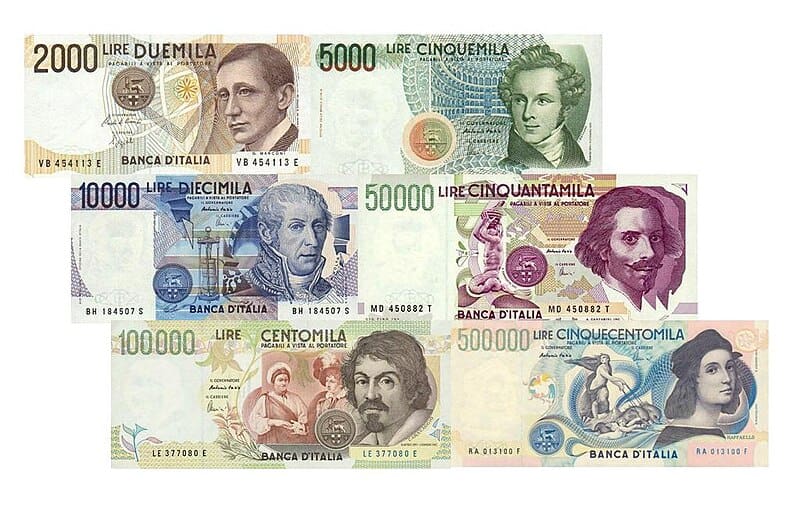
The Italian Lira, used from 1861 to 2002, saw Italy through unification, two world wars, and the establishment of the Republic. Despite frequent devaluations and high inflation, it remained a symbol of national pride. The switch to the Euro was both an economic necessity and a cultural shift for Italians.
Spanish Peseta
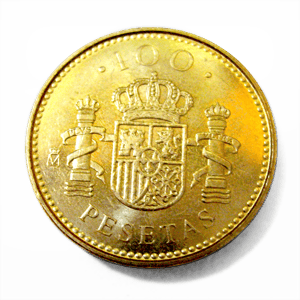
The Spanish Peseta was Spain’s currency from 1869 until the adoption of the Euro in 2002. It played a crucial role during the Spanish Civil War and the Francoist regime. Known for its colorful banknotes and coins featuring Spanish landmarks and historical figures, the Peseta holds nostalgic value for many Spaniards.
Greek Drachma
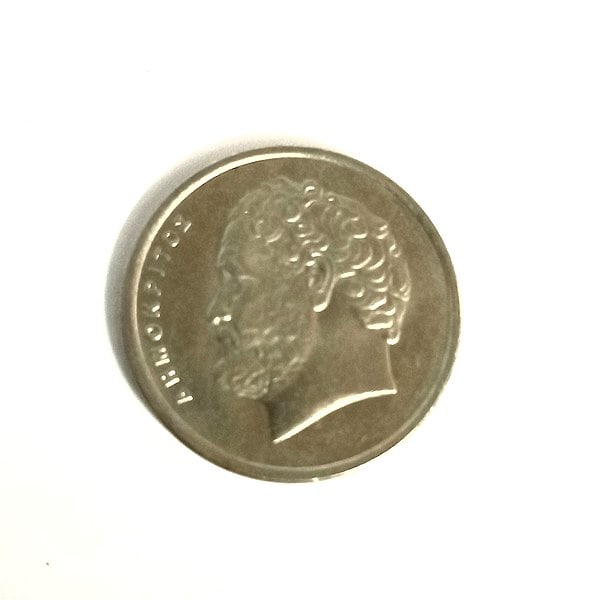
The Greek Drachma, one of the world’s oldest currencies, was in use from antiquity until 2001 when Greece adopted the Euro. Its rich history includes various incarnations, from ancient silver coins to modern paper notes. The Drachma’s discontinuation marked Greece’s entry into the European monetary union.
Belgian Franc
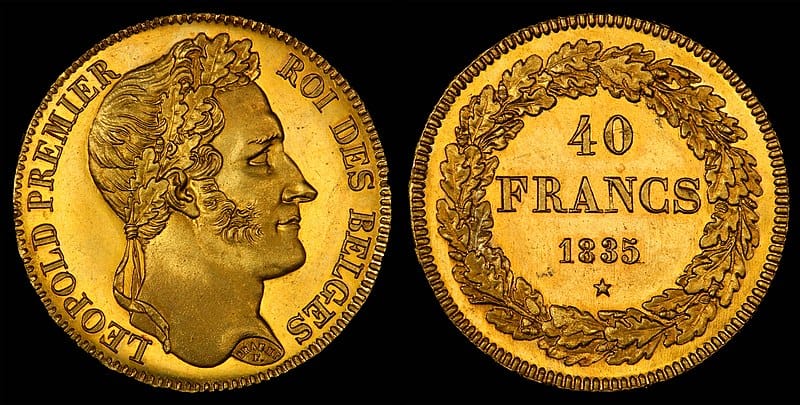
The Belgian Franc served as Belgium’s currency from 1832 until the Euro’s introduction in 2002. It witnessed the country’s industrial revolution, two world wars, and the formation of the European Union. The Franc’s design often depicted Belgian royalty and national symbols.
Dutch Guilder

The Dutch Guilder, used from the 17th century until 2002, was a robust currency during the Dutch Golden Age. Known for its stability and widespread use in international trade, it was a key part of the Netherlands’ economic history. The Euro replaced the Guilder, ending its long tenure.
Portuguese Escudo
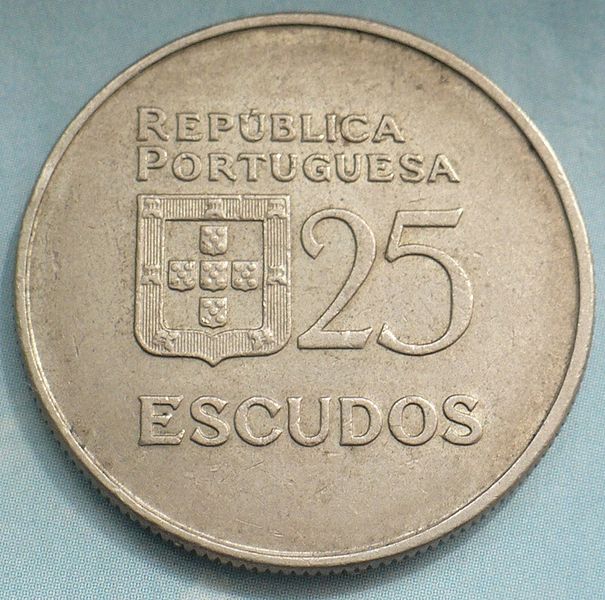
The Portuguese Escudo was in circulation from 1911 until 2002. It replaced the real and saw Portugal through significant periods, including the Carnation Revolution. The Escudo’s unique designs often featured Portuguese explorers and maritime history, reflecting the nation’s rich past.
Finnish Markka
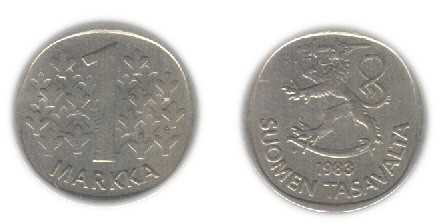
The Finnish Markka was Finland’s currency from 1860 until 2002. It saw the country through independence from Russia, World War II, and the transition to a modern economy. The Euro replaced the Markka, bringing Finland into the broader European economic framework.
Austrian Schilling
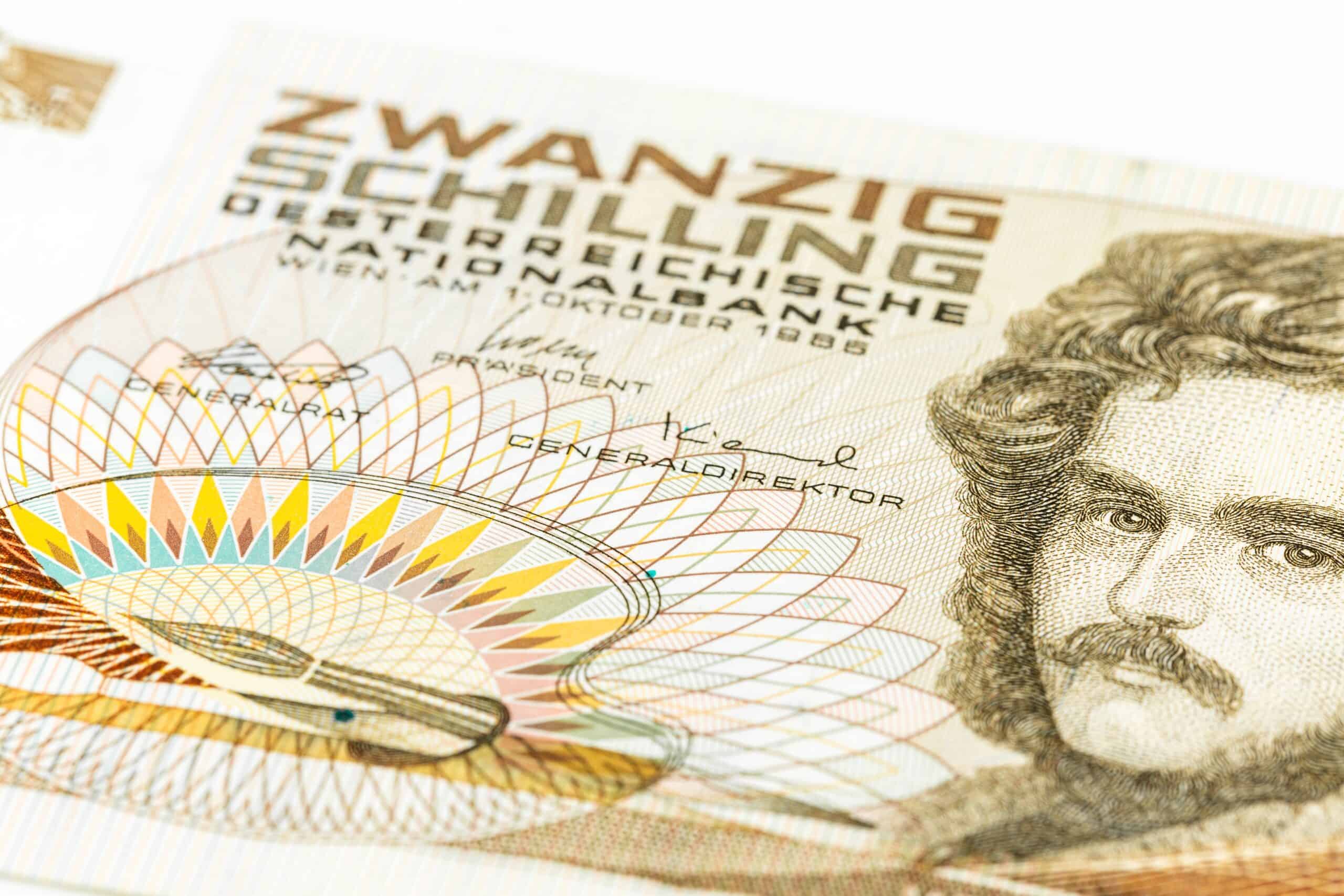
The Austrian Schilling, used from 1924 to 1938 and again from 1945 until 2002, represented Austria’s resilience and economic recovery post-World War II. Known for its beautiful banknotes depicting Austrian landscapes and notable figures, the Schilling was replaced by the Euro.
Irish Pound
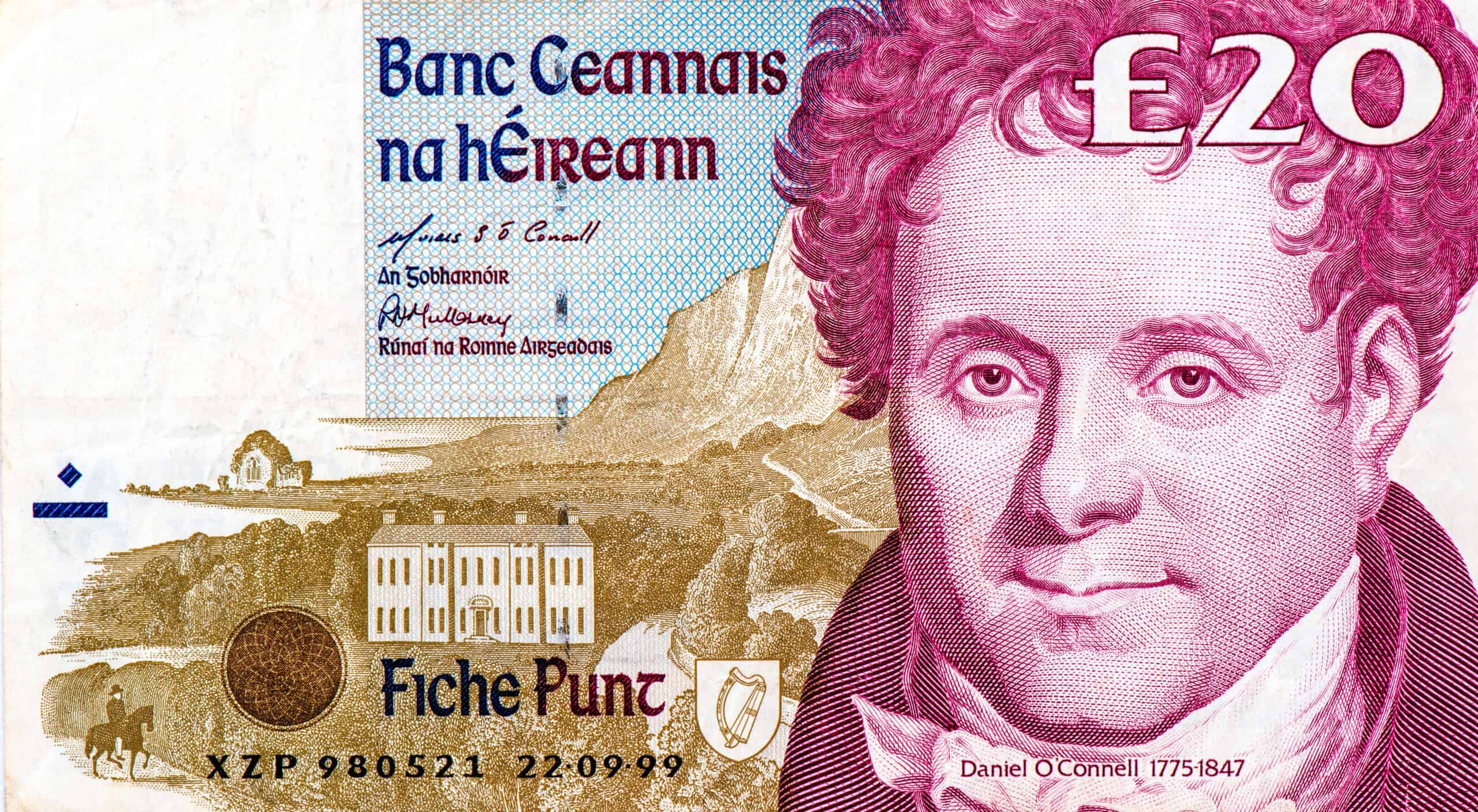
The Irish Pound, or Punt, was Ireland’s currency from 1928 until 2002. Its design often featured famous Irish writers and political leaders. Transitioning to the Euro was a significant step in Ireland’s integration into the European Union, marking the end of the Punt.
Slovenian Tolar
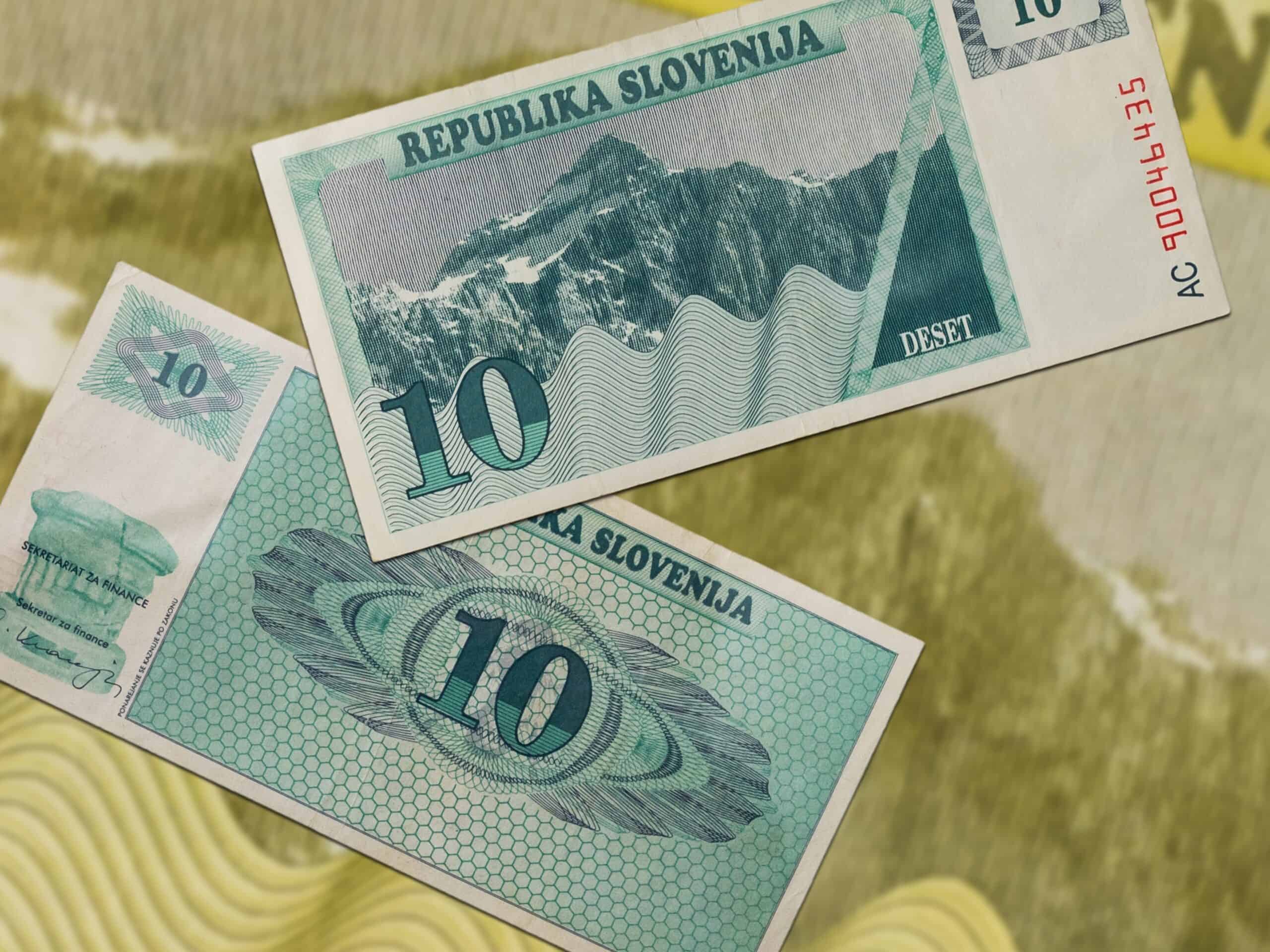
The Slovenian Tolar, introduced in 1991 following Slovenia’s independence from Yugoslavia, was used until 2007 when it was replaced by the Euro. It symbolized the country’s newfound sovereignty and economic transition. The Tolar’s short lifespan makes it a notable example of a post-Soviet currency.
Estonian Kroon
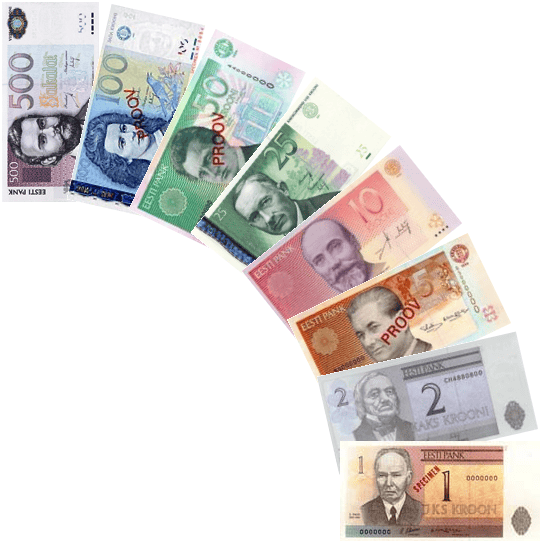
The Estonian Kroon was Estonia’s currency from 1928 to 1940 and again from 1992 until 2011. It was reintroduced after Estonia regained independence from the Soviet Union. The Kroon’s vibrant banknotes and coins often featured national symbols and historical figures.
Slovak Koruna
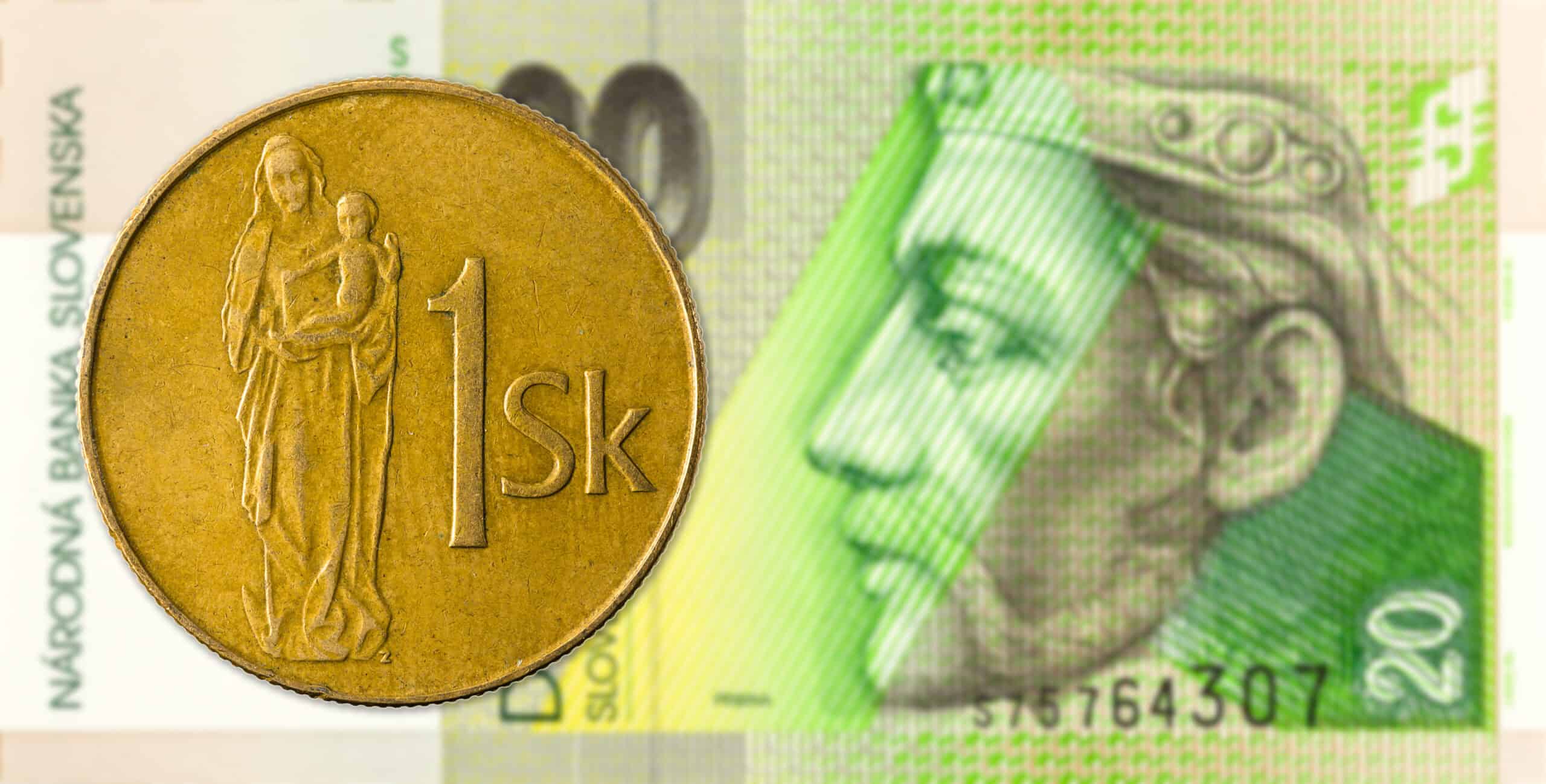
The Slovak Koruna was used from 1993, following the dissolution of Czechoslovakia, until 2009 when Slovakia adopted the Euro. It represented Slovakia’s economic identity during its early years as an independent nation. The Koruna’s discontinuation marked Slovakia’s integration into the Eurozone.
Cypriot Pound

The Cypriot Pound was Cyprus’s currency from 1879 until 2008. Its design reflected the island’s rich history and diverse cultural influences. Joining the Eurozone was a significant milestone for Cyprus, ending the era of the Cypriot Pound.
Luxembourgish Franc
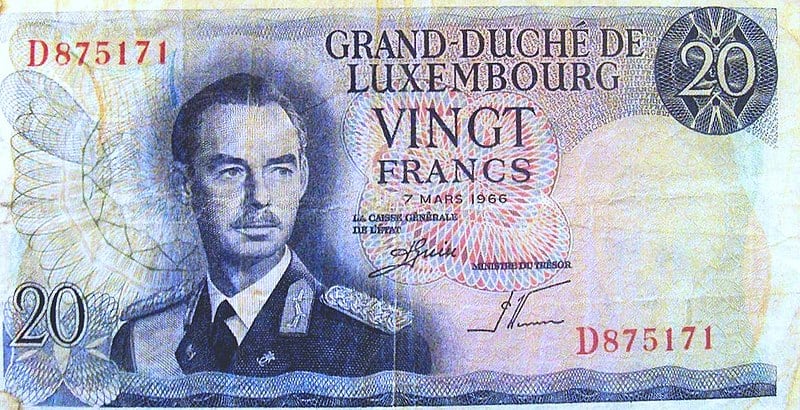
The Luxembourgish Franc, used from 1854 until 2002, coexisted with the Belgian Franc due to the countries’ economic union. Its unique coins and notes often featured Luxembourg’s Grand Dukes and national symbols. The Euro replaced the Franc, integrating Luxembourg more fully into the European economy.
Latvian Lats
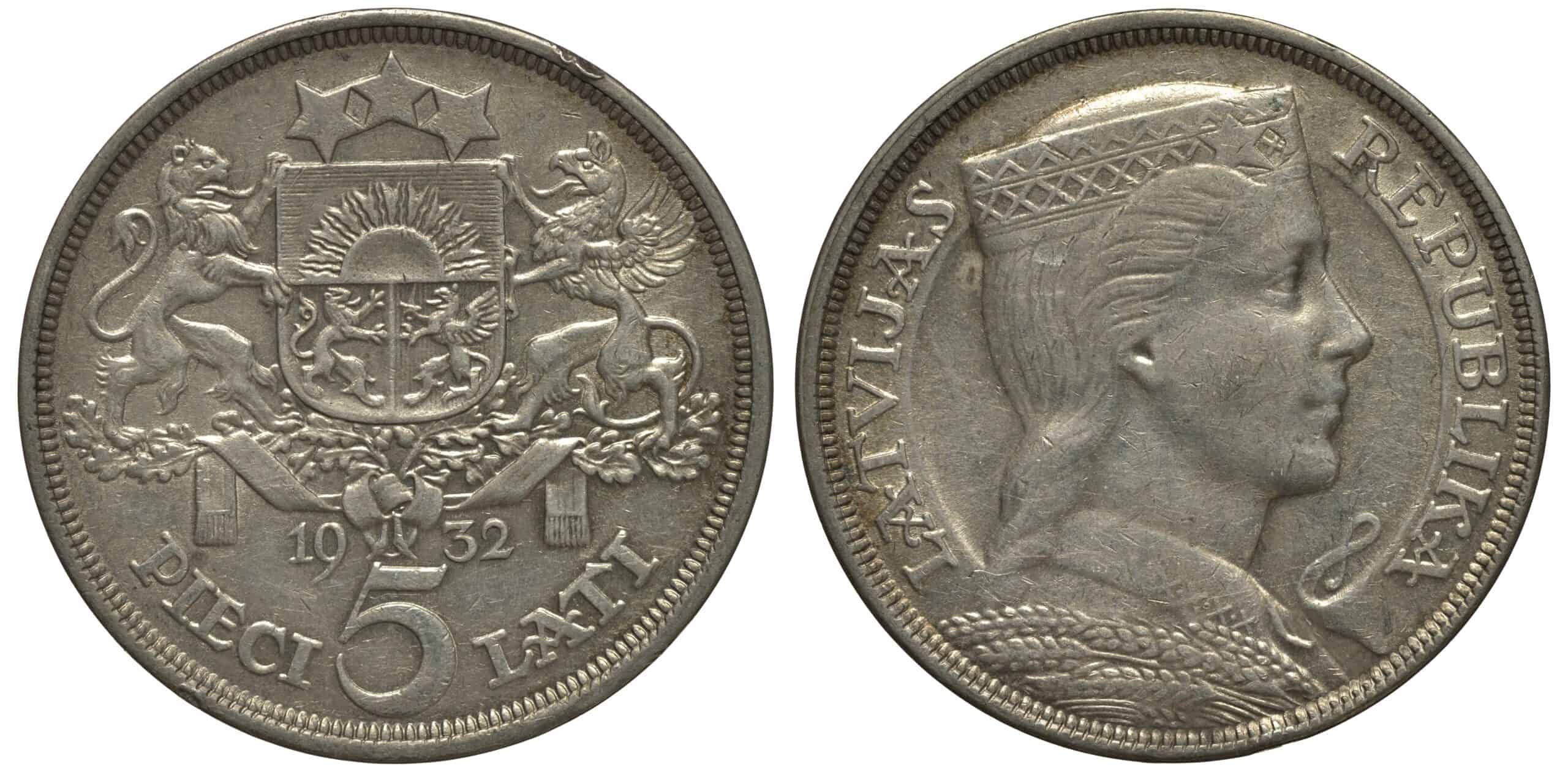
The Latvian Lats, used from 1922 to 1940 and again from 1993 until 2014, was a symbol of Latvia’s independence and economic resilience. Known for its beautifully designed banknotes and coins, the Lats was replaced by the Euro, marking Latvia’s integration into the Eurozone.
Lithuanian Litas
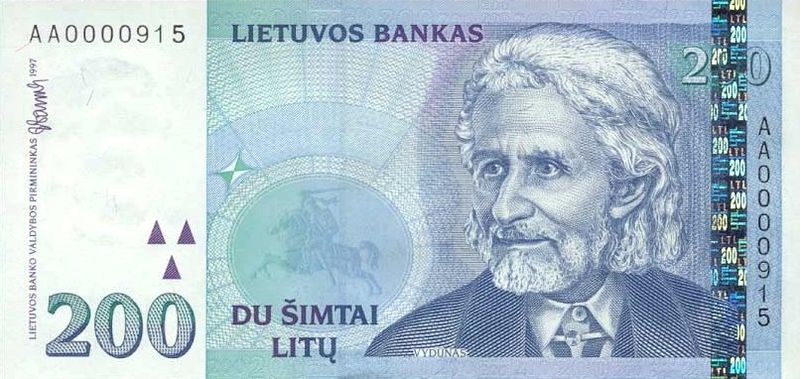
The Lithuanian Litas, introduced in 1922 and reintroduced in 1993 after independence from the Soviet Union, was used until 2015. Its designs often depicted significant historical and cultural symbols of Lithuania. The transition to the Euro marked a new chapter in Lithuania’s economic history.
Maltese Lira
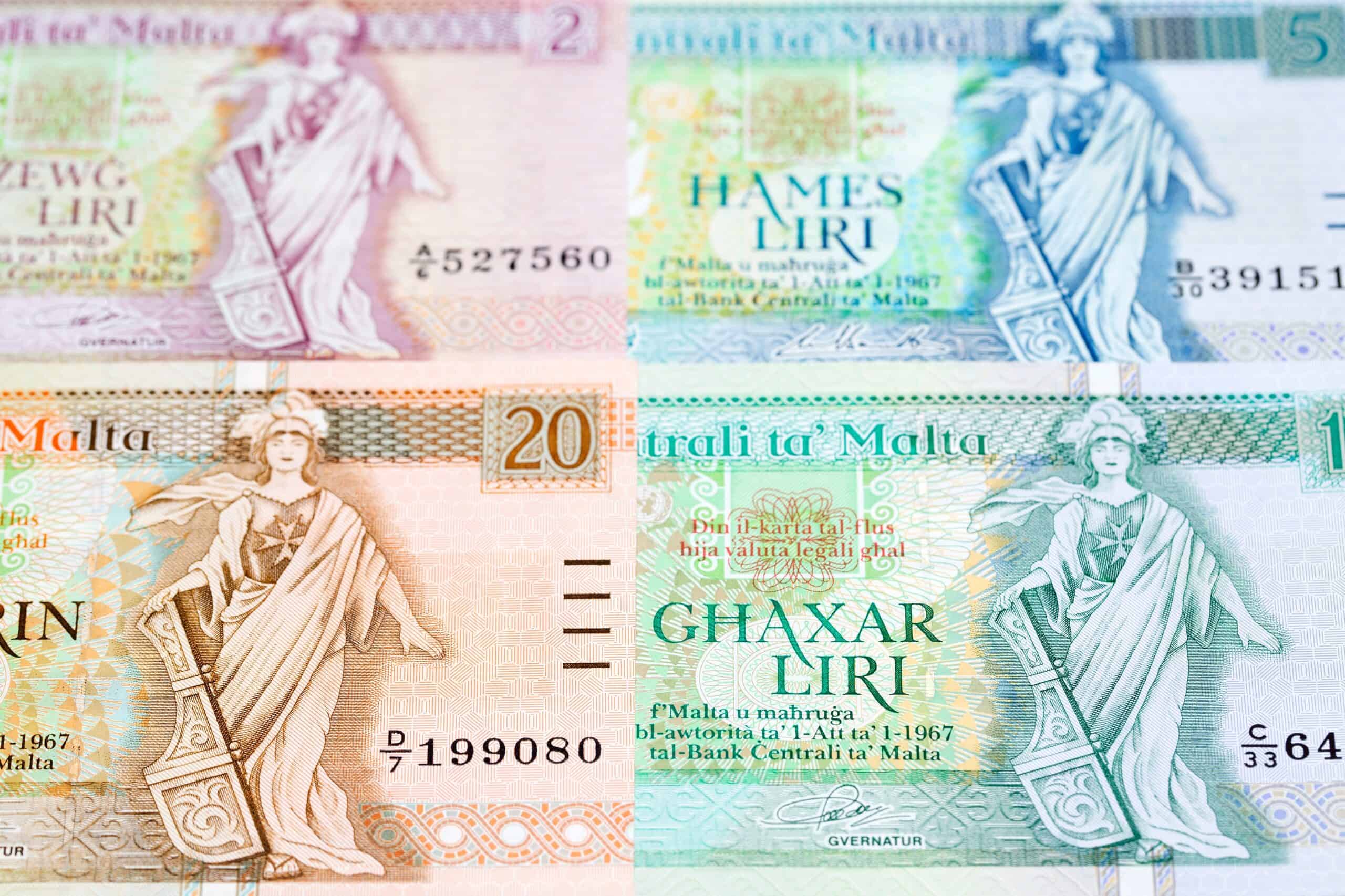
The Maltese Lira, used from 1972 until 2008, was known for its distinctive banknotes featuring Maltese architecture and historical figures. The adoption of the Euro was a major step for Malta, ending the era of the Lira and enhancing its integration into the European Union.
This article originally appeared on Rarest.org.
More From Rarest.Org
Forza Horizon 4, known for its stunning visuals and expansive open world, offers an impressive lineup of high-end cars that players can acquire. From classic legends to modern hypercars, the game’s collection includes some of the most expensive and coveted vehicles ever made. Read more.
Collecting rare banknotes is a fascinating hobby that offers a glimpse into the history and artistry of currency from around the world. These unique pieces not only tell stories of economic history but also showcase intricate designs and significant historical figures. Read more.
Ancient civilizations and lost cultures have always fascinated us with their remarkable achievements and enduring mysteries. From the advanced engineering of the Great Pyramid of Giza to the enigmatic Nazca Lines in Peru, these ancient societies displayed a level of sophistication that continues to astound modern researchers. Read more.

